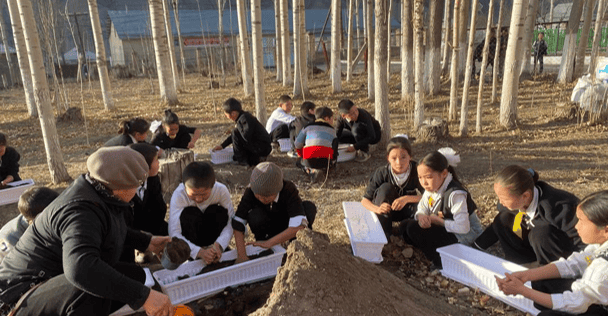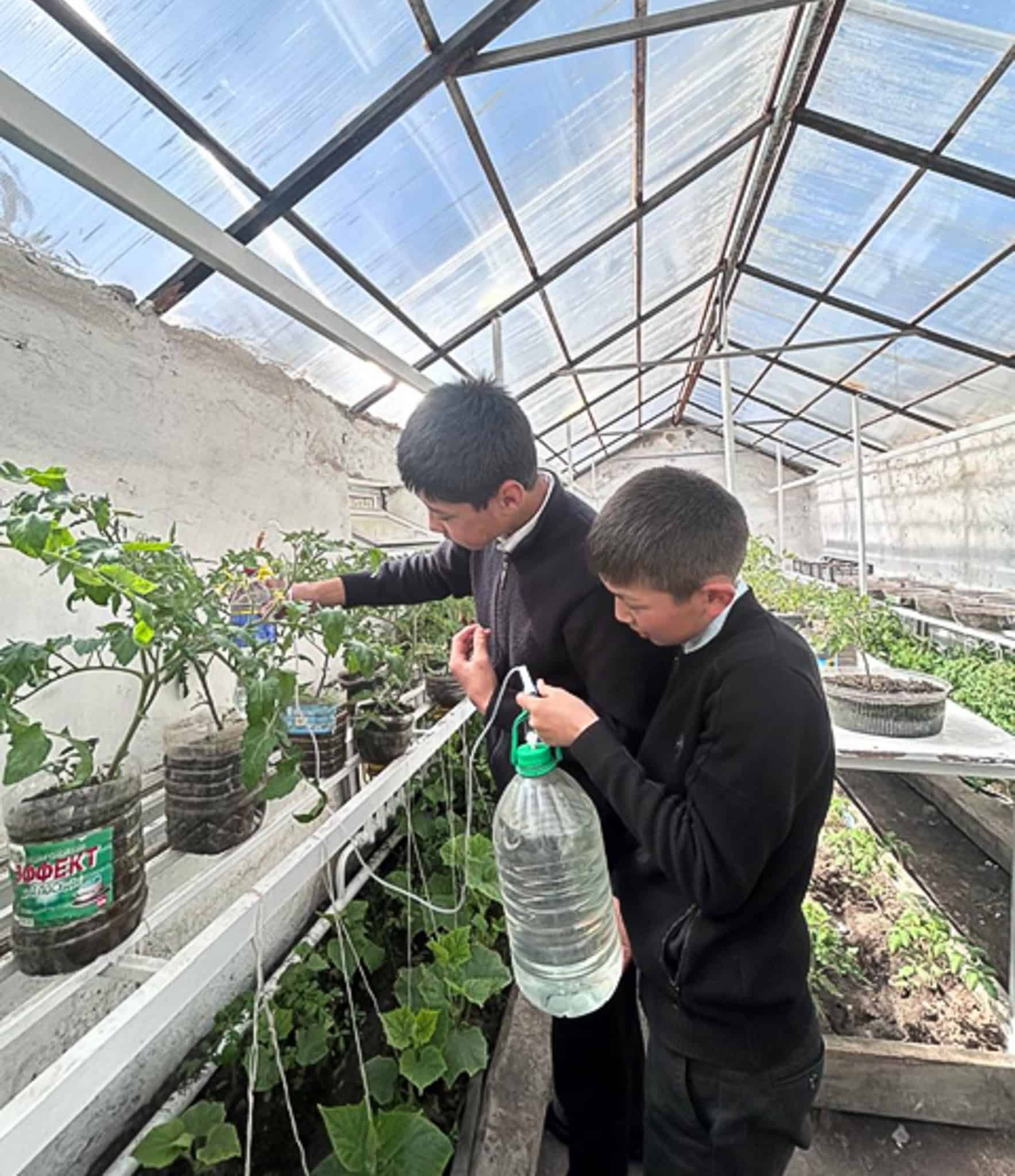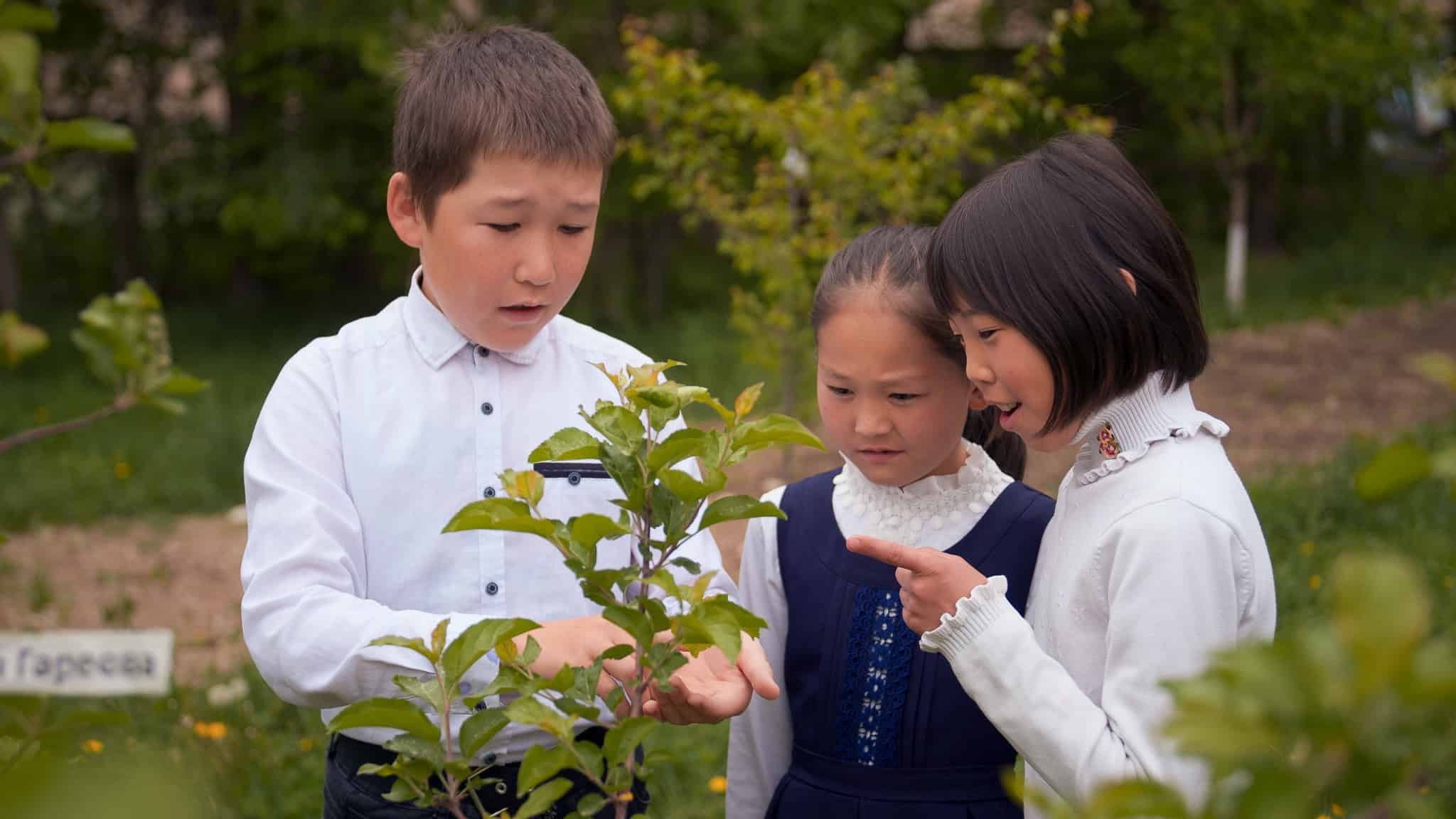Cultivating Future-Ready Learners
Across the world, children are inheriting a planet under pressure. Rising temperatures, shifting seasons, and environmental degradation not only threaten ecosystems but also compromise the social and economic stability of entire communities. Preparing the next generation for this reality requires more than academic knowledge; it calls for climate resilience.
Resilience can be understood as the ability to successfully adapt to stressors and maintain well-being in the face of adversity. For learners, this means not only coping with environmental and social challenges but also developing the skills, attitudes, and confidence to turn uncertainty into opportunity. In the classroom, resilience is about helping children build the capacity to recover from setbacks, manage stress, and stay motivated, while also fostering a sense of agency to respond to broader challenges like climate change.
For many educators, the question is how to nurture this resilience inside the classroom. One simple, powerful answer is taking root in schools across the Schools2030 network: gardening as a tool for learning. Whether in the bustling urban streets of Dar es Salaam, Tanzania, or the high-altitude villages of southern Kyrgyzstan, teachers are discovering gardening offers an accessible and powerful way to nurture this resilience. By planting, taking care of, and observing living systems, students experience cycles of growth, loss, and renewal. They learn that setbacks are part of the process, and that with patience and care, recovery and adaptation are always possible.
Climate Resilience Through Gardening
At its core, gardening is about more than growing food. It teaches patience, responsibility, and interconnectedness. When integrated into teaching, gardening becomes a living classroom, a place where children see the immediate impact of their care, creativity, and curiosity.
Through gardening, students:
- Connect learning to real life – measuring plant growth, tracking costs, and applying abstract concepts in tangible ways. Students learn how their knowledge can be applied to solve real problems, giving them the confidence to adapt classroom lessons to life’s challenges.
- Develop climate awareness – understanding the importance of water, soil, and sustainable practices. Increasing the students’ awareness of their environment and climate helps them to anticipate and adapt to changes, while creating habits that protect resources in their communities.
- Build a range of skills – from problem-solving and teamwork to caring for living systems. Such skills underpin resilience by equipping learners to manage setbacks, collaborate with others and recover from challenges.
- Strengthen inclusivity and equality – gardening activities engage all learners equally, regardless of background or gender. By ensuring that every child feels a sense of value and capability, schools can help foster the social unity and support that are essential for resilient communities.
These benefits are not theoretical. In both Tanzania and the Kyrgyz Republic, schools have demonstrated how gardening incentivises learning, improves wellbeing, and inspires communities, while also building the resilience children need to face both environmental and personal challenges.
Case Study 1: Potting plants sparks student curiosity in Tanzania

Figure 1: Madam Mwinjaka teaches pre-primary using vegetation pots as a pedagogical tool.
In Temeke Municipal, Dar es Salaam, Nzasa Pre-Primary School serves 76 children from families facing significant economic challenges. When Teacher Mwajabu Mwinjaka looked at her classroom, she saw more than low attendance and rote learning. She saw children disengaged from their lessons, with little connection to their environment or opportunities to learn creatively.
Her solution was deceptively simple: vegetation pots. With the support of Schools2030, Mwajabu introduced small, low-cost gardening activities that wove climate action into early childhood education.
Each child received their own pot to plant and care for – growing vegetables such as spinach and tomatoes. The pots became more than containers for soil; they became learning methods:
- Numeracy: counting seeds, measuring plant growth.
- Literacy: labelling pots, describing changes, and telling stories about their plants.
- Health and Nutrition: linking classroom lessons to real-life diets.
- Creativity: arranging pots in patterns and designs.
- Responsibility: caring for the plants daily, learning about recycling and waste management.
“Teaching through vegetation pots has brought my class to life. The students now love coming to school, and their engagement levels have never been higher.”
Mwajabu Mwinjaka, Pre-primary Teacher.
Attendance rose from 76% to 92%, while literacy and numeracy proficiency improved from 79% to 87%. Beyond the numbers, the project instilled confidence, teamwork, and environmental responsibility.
The ripple effect spread into the community. Parents began establishing small home gardens, inspired by their children. As one mother, Veronica Herman, reflected: “Masome now teaches us how to plant and care for vegetables. He reminds us to recycle plastics and use them creatively.”

Figure 2: Masome Sada (Second student from left to right) is leading others in collecting waste in the pots.
Mwajabu believes this is only the beginning:
“These young learners are developing a deep sense of responsibility and ownership. The seeds of change start with us.”
Mwajabu Mwinjaka, Pre-primary Teacher.
Case Study 2: Using gardens to explain mathematics concepts, Kyrgyz Republic

Figure 3: Grade 4 students are planting new flowers using freshly prepared vermicompost
Thousands of kilometres away, in the village of Sopu Korgon in Osh oblast, Kyrgyzstan, the challenges look very different. At an altitude of 3,000 meters, winters are harsh, summers are cool, and livelihoods depend on cattle breeding and small-scale farming. Yet the classrooms of Toktogul Secondary School faced a problem familiar to educators everywhere: students were struggling with mathematics.
Although many students understood formulas in theory, they struggled to apply them in real life. Assessment scores in maths averaged just 38%, with even older students finding it difficult to perform basic calculations.
Recognising that students were also interested in entrepreneurship, the teaching team designed an innovation that combined maths, business, and gardening: “Greenhouse Maths: Applying maths to real life.”
The school renovated its greenhouse and launched small student-run businesses in:
- Planting and selling houseplants, such as cyclamen and violets.
- Producing vermicompost to enrich the soil.
- Cultivating greens, like dill and green onions.

Figure 4: Students caring for plants in the school’s garden.
Through these activities, students learned to calculate costs, set prices, and analyse profits. They applied formulas to estimate crop yields, manage inventory, and forecast revenues. In short, they were able to use maths not as an abstract subject but as a practical tool for running a business.
“We organised a successful fair where we sold flowers and dill,” one student recalled. “Before the event, we carefully calculated our expenses to set the right price. This process taught us the importance of budgeting and how to make data-driven decisions.”
The outcomes were transformative. Within a year, performance in maths improved by 28%, literacy rose from 32% to 70%, and soft skills such as critical thinking, leadership, and responsibility all showed marked growth.
For maths teacher Dariyakan Sarybaeva, who led the innovation, the project was about more than improving grades. It was about empowering learners to see themselves as problem-solvers and entrepreneurs.
“Every achievement my students make is a source of great pride and motivation for me as an educator.”
Dariyakan Sarybaeva, Teacher, Mathematics.
From one school to thousands
Recently, the Minister of Education and Science of Kyrgyzstan, Dogdurkul Kendirbaeva, visited Toktogul Secondary School to see this inspiring project first-hand. The project was identified by the Minister as an effective, scalable model and thanks to the creativity and dedication of the teachers and students, the Ministry has officially issued a decree launching a national pilot project to establish greenhouses across state schools, which could be used as low-resource but hands-on and interactive learning spaces for practical STEM learning.
Follow the link here to read more about the national pilot initiative being implemented within the framework of the Decree of the President of the Kyrgyz Republic “National Spirit – World Heights.”

Two Contexts, One Lesson
On the surface, Nzasa Pre-Primary School in Tanzania and Toktogul Secondary School in Kyrgyzstan could not be more different. One is a small pre-primary school in a bustling African city; the other, a large secondary school in a remote Central Asian village. Yet both found common ground in using gardening to further learning.
Both schools demonstrated that gardening can:
- Transform abstract lessons into tangible, useful concepts.
- Build habits of care, responsibility, and collaboration.
- Inspire communities to adopt more sustainable, climate-friendly practices.
Gardening, in these contexts, is not just about plants; it is about preparing young people to thrive in a changing world, equipped not only with knowledge but also with the skills and values to protect and sustain the environment around them.
Conclusion: Planting Seeds for the Future
As the climate crisis deepens, schools must reimagine their role as fundamental to securing a greener future. They are not only places of knowledge transfer but also laboratories of resilience. Gardening activities help to nurture the students’ knowledge of their environment and the climate but they also provide a simple and accessible way to practice adaptation and responsibility: creating a daily work ethic, confronting challenges and working alone or together to solve problems towards maintaining the health and well-being of the plants.
These stories are reminders that innovation does not need to be high-tech or high-cost. Sometimes, resilience begins with a handful of soil, a few seeds, and the belief that children can grow into the changemakers our world needs.
The school garden innovations were designed by teachers using Schools2030’s Human-Centred Design Toolkit. Explore the toolkit and find out how you can start innovating in your classroom!
